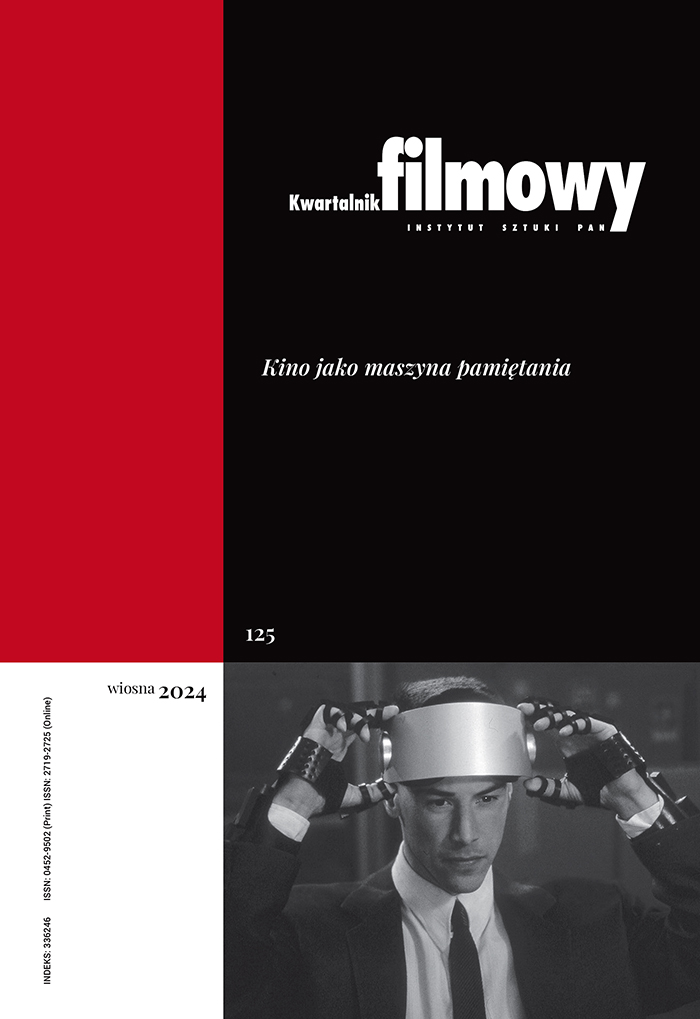“Femme Fatale” as a Phantasmic Being: On the Demonic Feminine Characters in the Film of the First Half of 20th Century and Their Later Reminiscences
Abstract
Hadamik makes a penetrating analysis of the phenomenon of femme fatale in culture since Romanticism to present times; of a phantasm as a structure of imagination which is included within the context of male psyche and an eternal battle of the sexes. The phantasm is the expression of fear of a loss of male identity and desire. On the other hand it is also the expression of socioeconomic and moral changes that came with the movement of the emancipation of women. It became strongly established in the popular literature of the turn of the 19th and 20th centuries in Eugène Sue, Gustave Flaubert or Algernon Swinburne. It was strengthened by the philosophical reflections of Nietzsche and Schopenhauer. The theme was also explored in painting by Moreau, Beardsley, Klimt and Munch. Femme fatale has been present in films since the beginning in silent movies. The phantasm was connected with specific actor’s types, e. g. Theda Bara was one of the leading fatale figures, followed by Louise Brooks and Marlene Dietrich, the fullest incarnation of femme fatale in The Blue Angel and The Devil Is a Woman. Cinema noir had also its own type of femme fatale. Hadamik places the myth of femme fatale in the context of the feminist theories of cinema. The heroine of Verhoeven’s Basic Instinct is a contemporary embodiment of evil. In modern cinema this type appears as an element of the play with the viewer and of references to the viewer’s knowledge of genre conventions.
Keywords:
femme fatale, cinema noir, phantasmReferences
Nie dotyczy / Not applicable
Google Scholar
Authors
Zofia Hadamikkwartalnik.filmowy@ispan.pl
University of Silesia Poland
Absolwentka filmoznawstwa na Uniwersytecie Śląskim.
Statistics
Abstract views: 131PDF downloads: 57
License
Copyright (c) 2003 Zofia Hadamik

This work is licensed under a Creative Commons Attribution 4.0 International License.
The author grants the publisher a royalty-free non-exclusive licence (CC BY 4.0) to use the article in Kwartalnik Filmowy, retains full copyright, and agrees to identify the work as first having been published in Kwartalnik Filmowy should it be published or used again (download licence agreement). The journal is published under the CC BY 4.0 licence. By submitting an article, the author agrees to make it available under this licence.
In issues from 105-106 (2019) to 119 (2022) all articles were published under the CC BY-NC-ND 4.0 licence. During this period the authors granted a royalty-free non-exclusive licence (CC BY-ND 4.0) to use their article in „Kwartalnik Filmowy”, retained full copyright, and agreed to identify the work as first having been published in our journal should it be published or used again.











